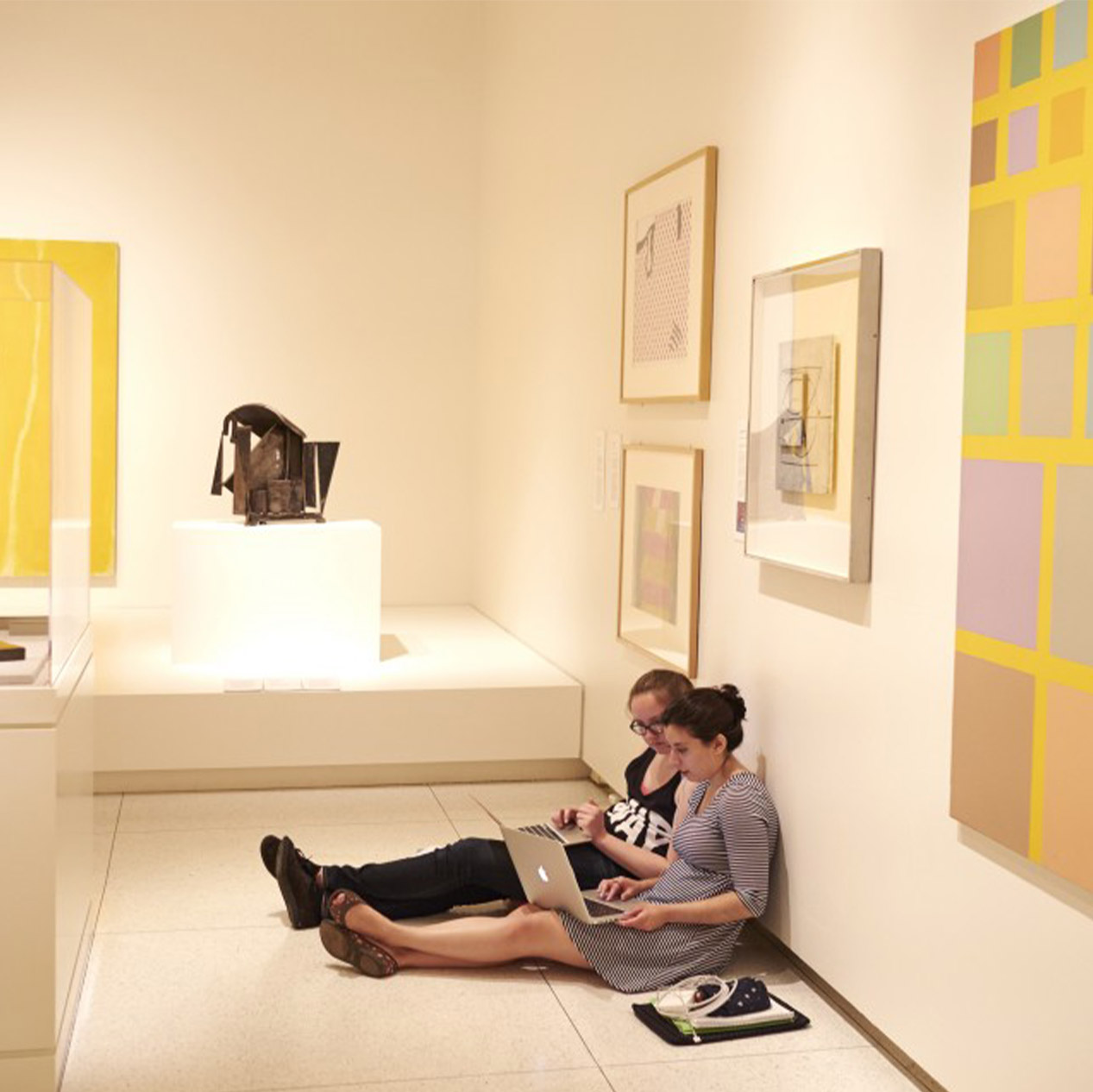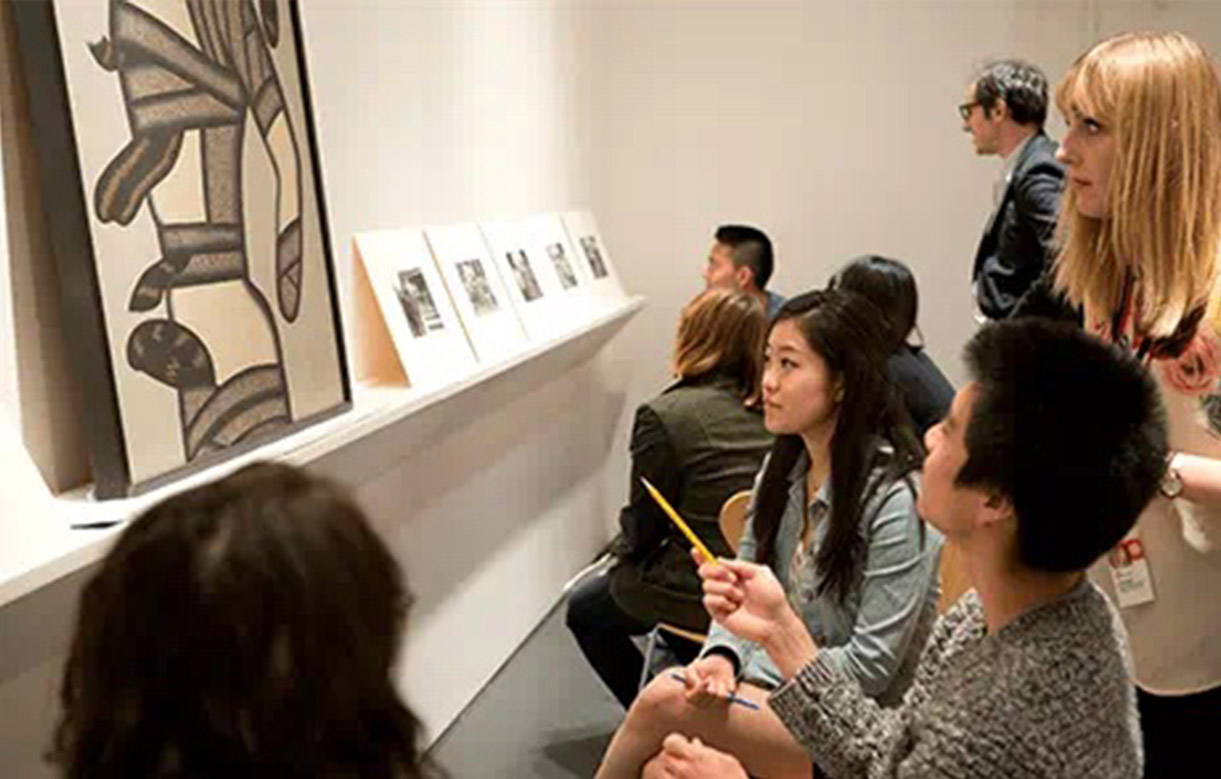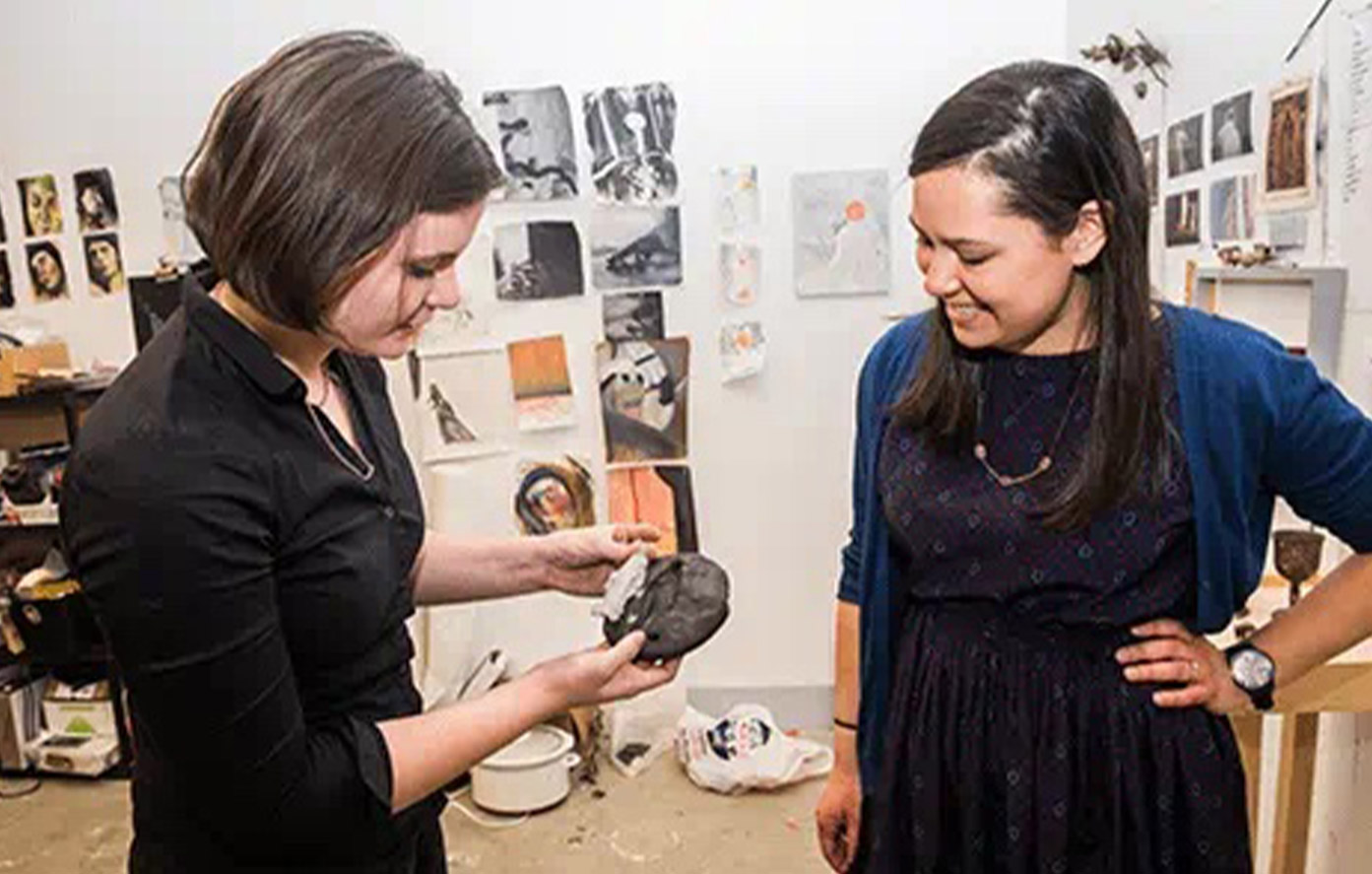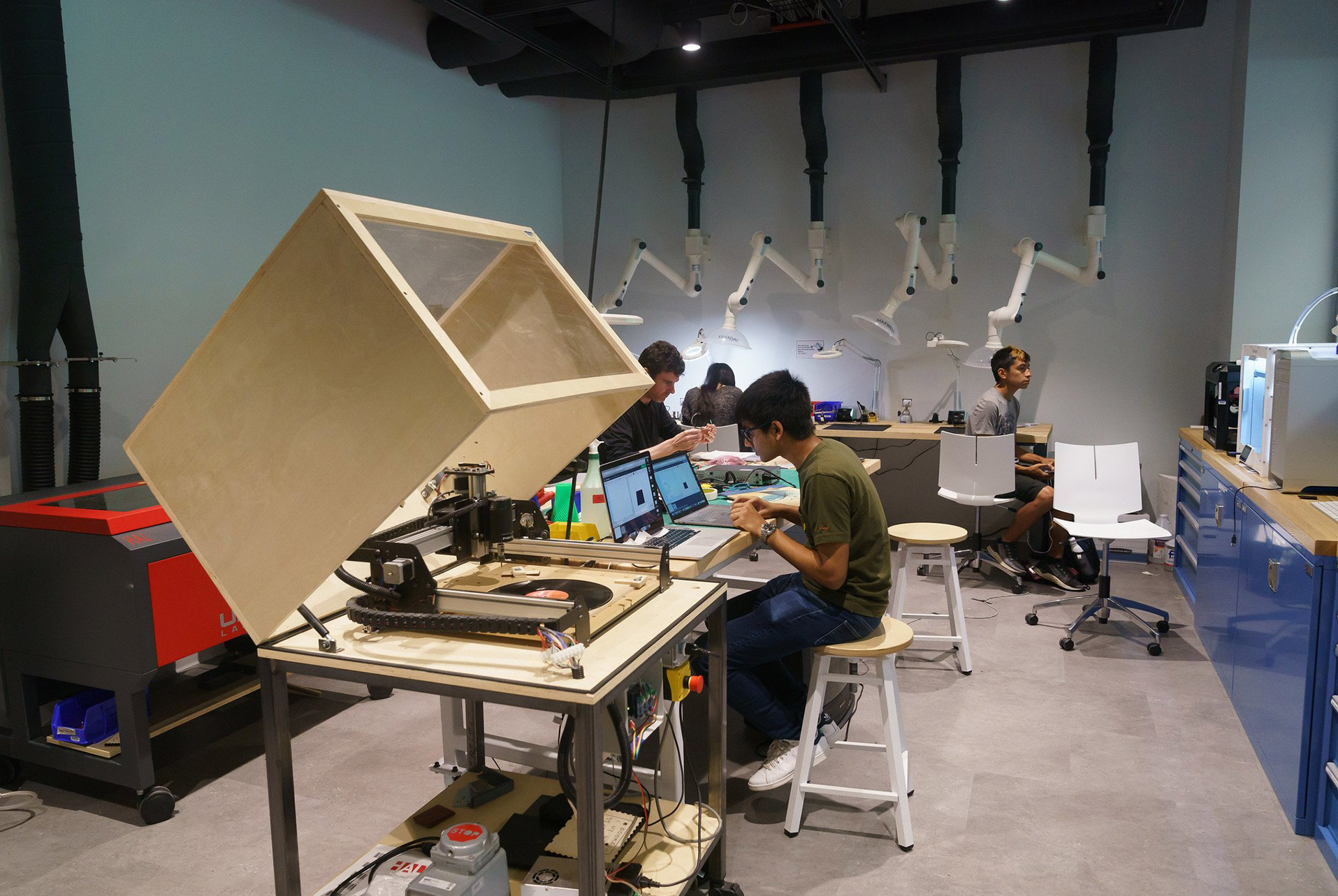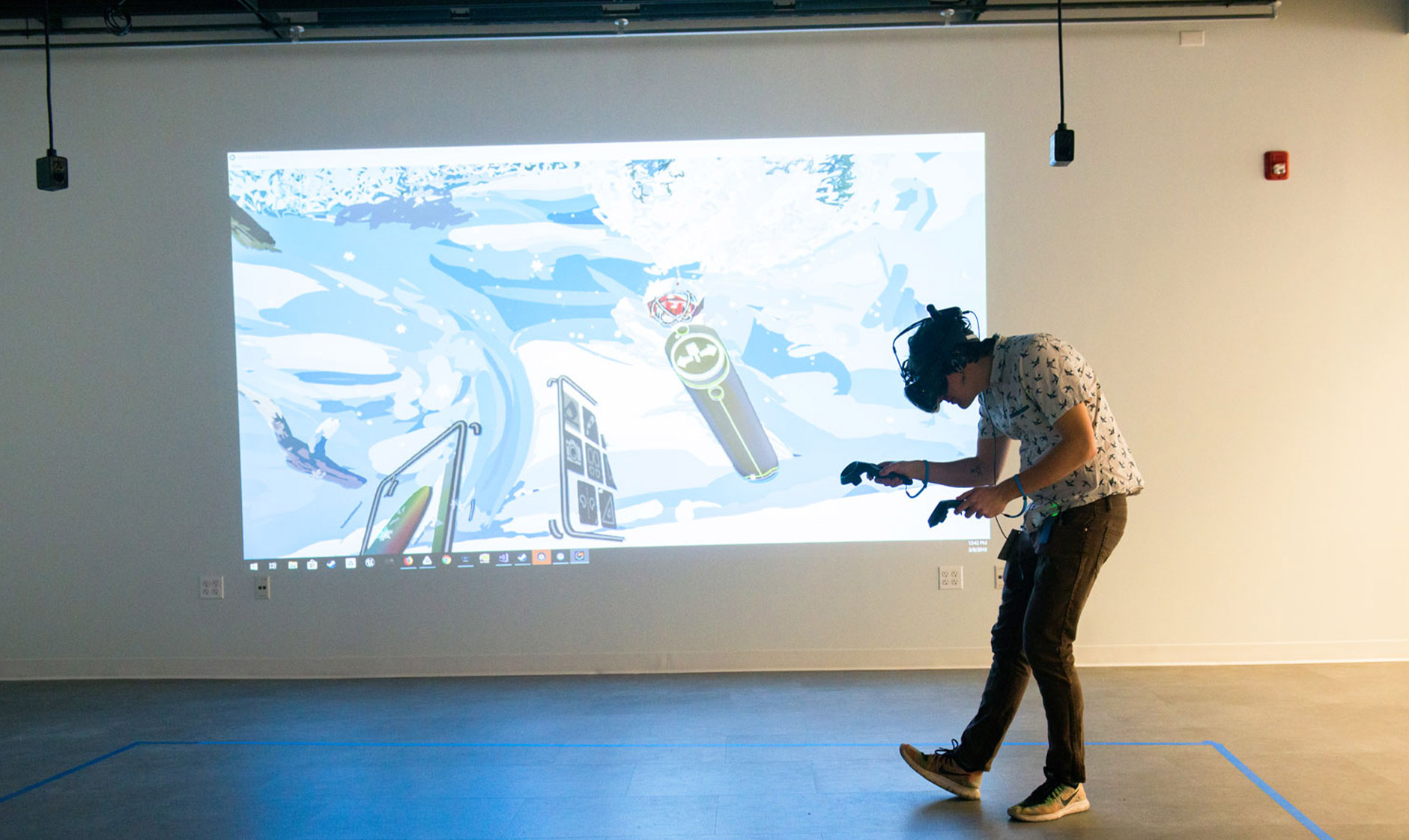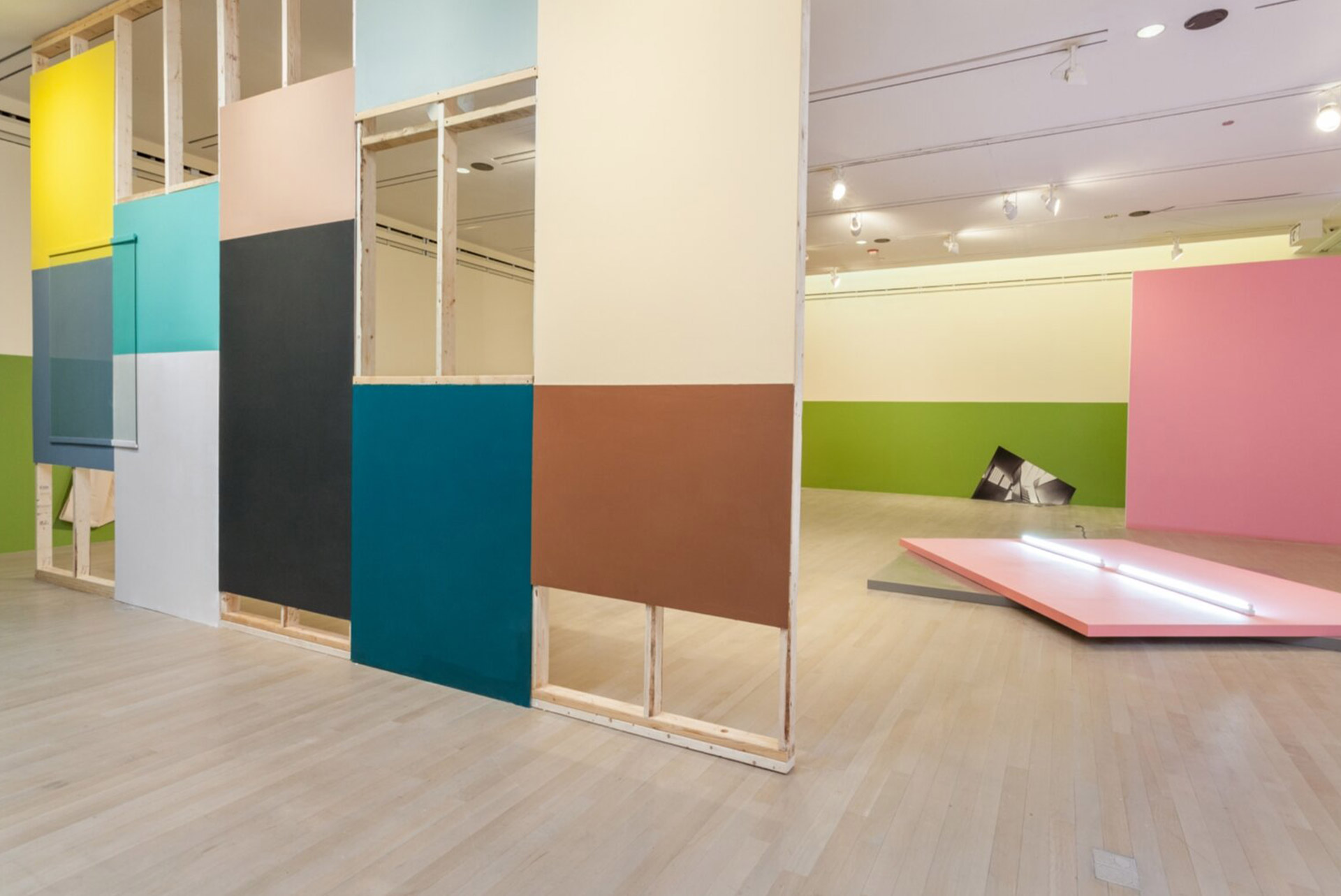The University of Chicago
Chicago, IL
Chicago, IL
Chicago, IL
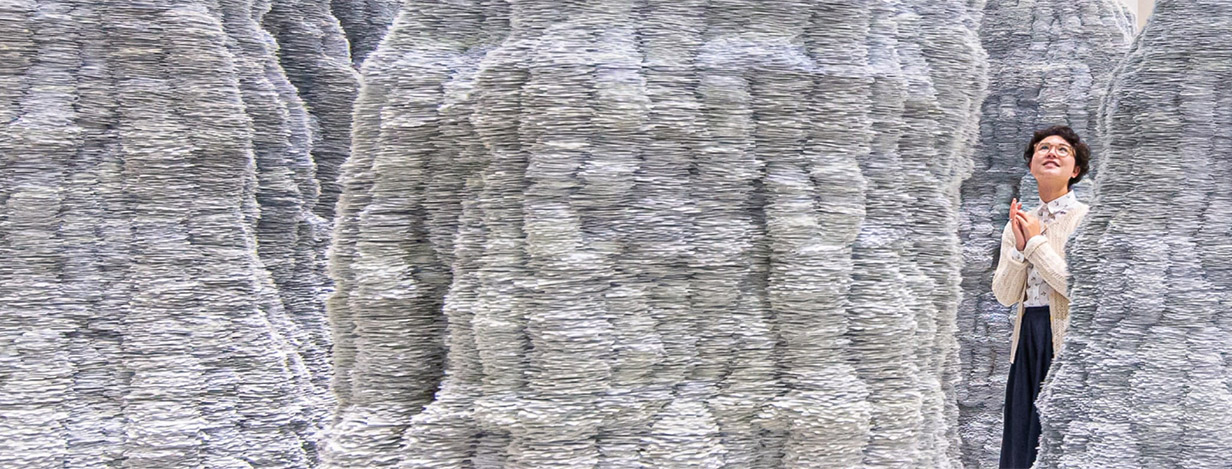
Become immersed and inspired
Chartered in 1890, the University of Chicago has approximately 6,800 undergraduates that comprise a community of exceptional student scholars who chose UChicago for its rigorous liberal arts curriculum, small discussion-style seminars, and 5:1 student-faculty ratio. The University prepares students for challenging careers and competitive graduate schools through professional and recreational opportunities on campus and in Chicago.
An educational ideal
Focused on careful reading, analytical writing, and critical thinking, UChicago’s Core Curriculum is the perfect foundation for any major—and for all future endeavors. With over 50 majors and more than 40 minors, students can double-major, create their own, or explore interdisciplinary opportunities. Undergraduates choose electives from more than 3,000 offered courses at the University each year, and over 40% study abroad through nearly 60 faculty-designed and taught programs.
UChicago sponsors a wealth of undergraduate research opportunities in programs ranging from Economics and Psychology to Astrophysics and Sociology. More than 160 institutes and centers provide a home for true innovation. Our new Pritzker School of Molecular Engineering provides a unique opportunity to pursue molecular-level science in both an academic and research context.
Campus life
The residential housing system is a vital element of the University’s community. Modeled after the British house system, our 39 undergraduate houses eat together at shared dining tables, explore Chicago at sporting and cultural events, and compete against each other in intramural sports. Each student is guaranteed housing for four years, and though it’s only required for first- and second-year students, many upperclassmen remain to enjoy the houses’ perennial traditions.
Undergraduates actively participate in more than 400 student organizations encompassing athletics, the arts, community service, and Greek life. Varsity teams compete at the NCAA Division III level, and more than 70% of the student body participates in UChicago’s extensive intramural and club sports programs.
The Logan Center Gallery
At UChicago, we see ourselves as a center for educating, inspiring, and supporting the artistic endeavors of our students and faculty, as well as those in our community. The Logan Center for the Arts has become a 'beacon for the arts' on the South Side. Logan Center Exhibitions presents international contemporary art programming at the Logan Center Gallery and throughout the Reva and David Logan Center for the Arts at the University of Chicago. Reflecting the spirit of inquiry at the university, Logan Center Exhibitions focuses on open, collaborative, and process-based approaches to cultural production.
Working closely with artists, students, scholars, and community members, Logan Center Exhibitions presents innovative exhibitions by emerging and established artists; supports ambitious new commissions and research projects; disseminates knowledge through publications; and facilitates connections through talks and other public programs.
Each spring, Logan Center Exhibitions collaborates with the Department of Visual Arts to host the BA and MFA Thesis Exhibitions in the Logan Center Gallery.
 |
#12 in National Universities | U.S. News & World Report |
 |
#1 in Best Colleges for Veterans | U.S. News & World Report |
 |
#12 in Best Value Schools | U.S. News & World Report |
 |
#20 in Most Innovative Schools | U.S. News & World Report |
While the concentration in the Visual Arts builds on the Chicago tradition of emphasis on critical thinking and the development, testing and revision of ideas, we shift the emphasis to place paramount importance on critical perception in an environment that is now more than ever so dominated by the visual. All of our Visual Arts teaching underscores the fact that perception involves the complex interaction of the senses and the intellect as reflected in art and in our understanding of the larger visual world. Teaching students to see critically through making images is as integral to our practice as textual analysis is central to academic practice. Our course of study develops a powerful set of means which allows students to become sensitive and consciously aware of phenomena such as the relative nature of color; the particular measure of space—both real and illusionistic; and the ways in which our perceptual experiences give meaning to forms in the visual field.
As these means are acquired, the visual world fuses with the world of ideas, becoming a site of aesthetic pleasure, philosophical inquiry, social critique, political activism and psychological understanding.
